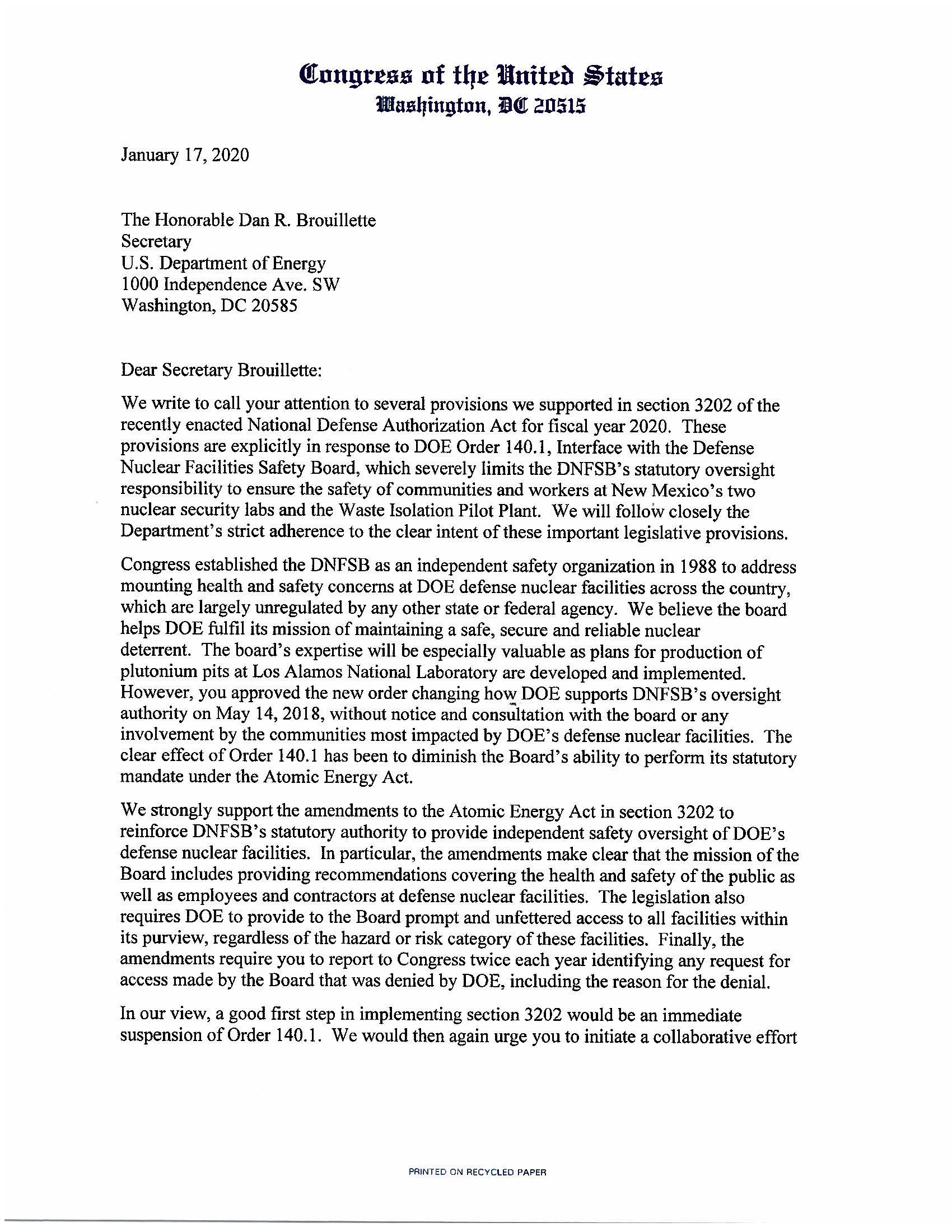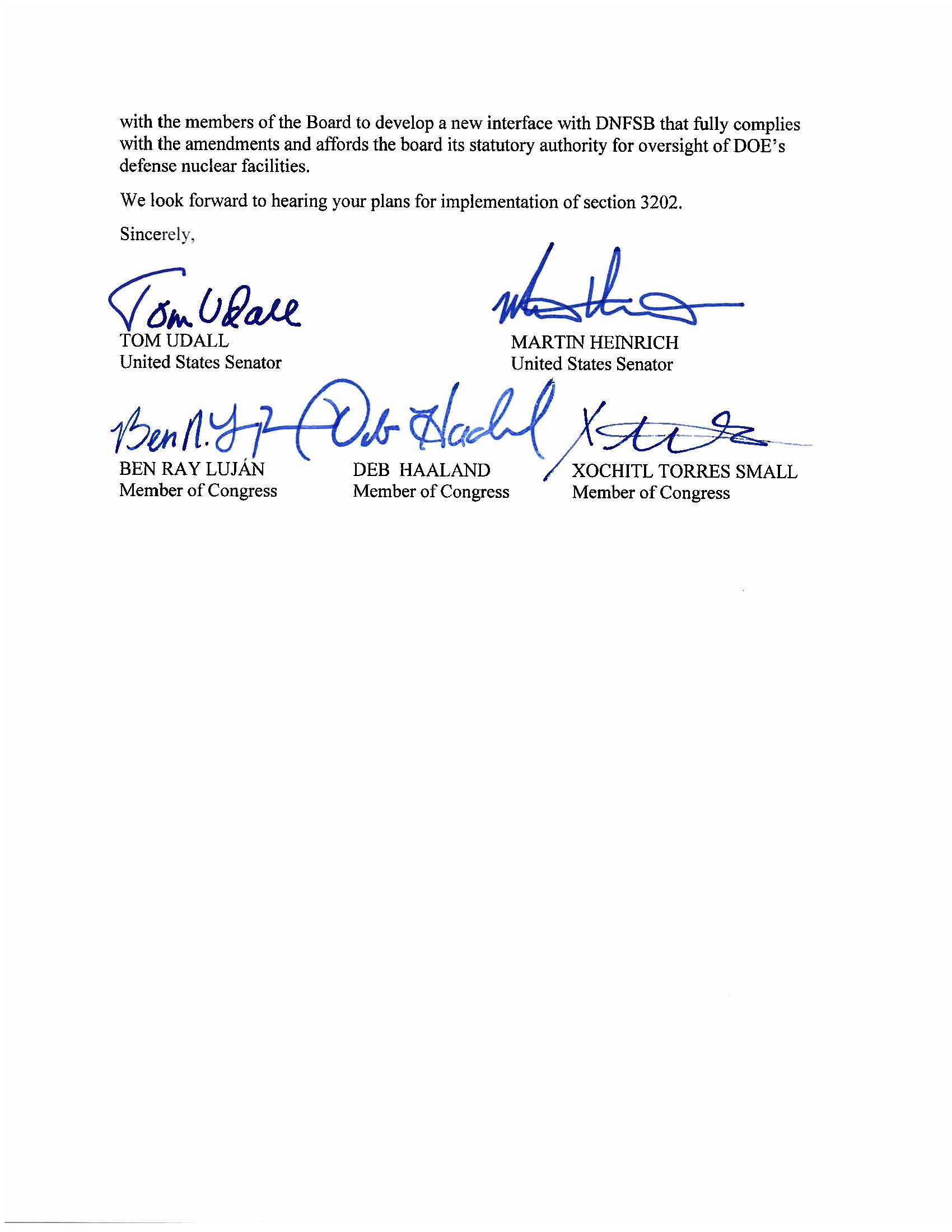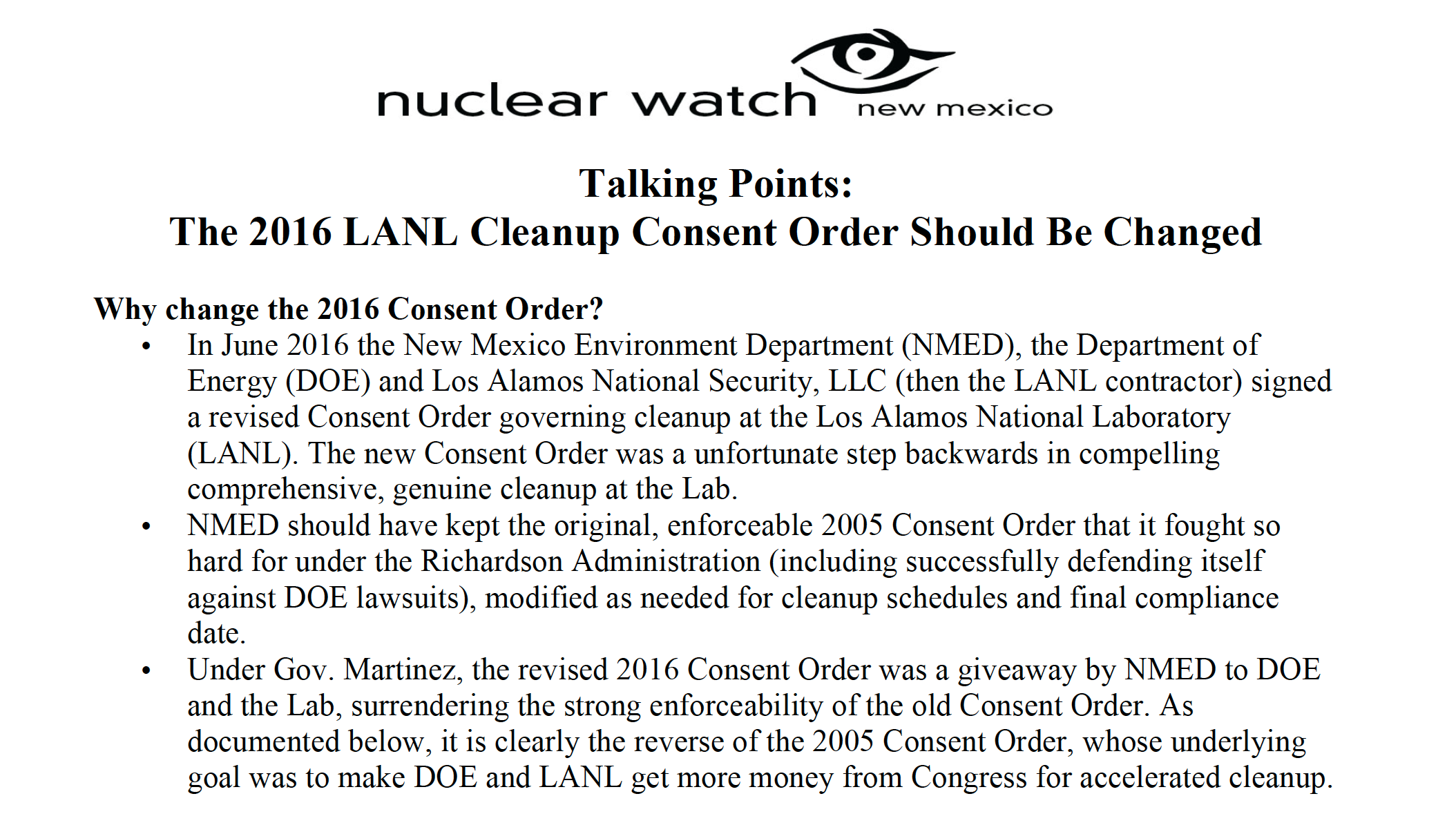Nuclear News Archives – 2020
Communities Push Back Against Reports of Huge Nuclear Weapons Budget Increase

Multiple sources indicate the FY2021 budget request from the Trump Administration will seek a dramatic increase in funding for nuclear weapons—an unprecedented leap of 20% over current spending levels, bringing the total for The National Nuclear Security Administration to $20 billion. Reportedly, the increase is earmarked principally for modernization programs for warhead design and plutonium pit manufacturing facilities. News reports have included outlandish statements from NNSA Administrator Lisa GordonHagerty who suggested providing any less that $20 billion would amount to “unilateral disarmament,” a claim no truer than the since discredited declaration of a missile gap with the Soviets in 1962.
The Alliance for Nuclear Accountability, a nationwide coalition of grassroots watchdog groups from every major US nuclear weapons facility, notes that the current US nuclear stockpile has been certified reliable and is expected to be reliable for at least forty more years. ANA released a letter to Congressional leadership calling for a hard look at the budget request when it arrives, scheduled for February 10, and encouraging House and Senate members to reject the increase as unjustified and unwise.
“The United States retains possession of nearly 4,000 stockpiled and deployed nuclear warheads and bombs. This is hardly disarmament,” said Marylia Kelley, executive director of Tri-Valley CAREs in Livermore, California. “Moreover, a 20% increase for weapons activities would perilously escalate an already dangerous new arms race. Rather than speed the design and production of new warheads, such as the W87-1, the country would be better served by cleaning up the contamination impacting our communities from the
first cold war. ”
ANA has tracked spending on nuclear weapons programs for more than thirty years.
Saugeen Ojibway Nation votes no on deep geologic repository at Bruce Power
A Win for Canadian Tribal Communities: The site at Bruce Power was to be Canada’s first geologic repository, but it has been stopped because the First Nation Saugeen Ojibways voted NO, and the company (Ontario Power Generation) agreed to proceed only with tribal approval.
BY: ADAM BELL | blackburnnews.com

Members of the Saugeen Ojibway Nation have voted against a proposal to host a deep geologic repository at Bruce Power.
Out of 1,232 total votes, just 170 voted “yes”, while 1,058 voted “no”, with four spoiled ballots.
In a release, Chief Lester Anoquot says “This vote was a historic milestone and momentous victory for our People. We worked for many years for our right to exercise jurisdiction in our Territory and the free, prior and informed consent of our People will be recognized”.
Ontario Power Generation spokesperson Fred Kuntz says “OPG respects the decision of the SON community. We followed SON’s process. So we will uphold our 2013 commitment not to proceed with the DGR at the Bruce site without their support, and now we will move forward to develop an alternate solution”.
Trump will seek 20% budget boost for nukes, says Inhofe
This “boost” will surely be reflected in the FY 2021 budget to be released February 10. The nuclear weapons increase is believed to be for new warheads (so-called Life Extension Programs) and expanded plutonium pit production. To pay for it, nonproliferation, dismantlement and cleanup programs are likely at risk.
BY: JOE GOULD | defensenews.com

WASHINGTON ― U.S. President Donald Trump has settled an internal battle over whether to seek $20 billion for the federal agency that maintains America’s weapons, or less money, Senate Armed Services Committee Chairman Jim Inhofe, R-Okla., confirmed Tuesday.
The president will ask for the $20 billion.
The decision came after the head of the National Nuclear Security Administration, Lisa Gordon-Hagerty, agitated internally in favor of boosting the budget for nuclear weapons modernization in fiscal 2021 ― a position later backed by Inhofe and other congressional Republicans.
U.S. Has Deployed New, Small Nukes On Submarine, According To Group
BY: GEOFF BRUMFIEL | npr.org
The U.S. has begun deploying a new type of low-yield nuclear warhead aboard some ballistic missile submarines, according to a report by an independent monitor.
When the USS Tennessee, an Ohio-class submarine, went on patrol in the final weeks of 2019, it carried “one or two” of the new weapons, according to a post by the Federation of American Scientists.
“It is apparently still out there now and expected to come back sometime in February,” says Hans Kristensen, director of the group’s nuclear information project. He believes a second submarine carrying the weapon may also be patrolling in the Pacific.
Kristensen says the assessment is based on conversations with government officials, who have spoken to the group about the weapon’s deployment.
The Pentagon officially declined to comment on the report: “It is U.S. policy to neither confirm nor deny the presence or absence of nuclear weapons at any general or specific location, as such, we cannot confirm or deny this reporting at this time,” it said in a written statement to NPR.
Experts Call for Firm Age Limit on Plutonium Weapons
What’s the lifespan of a nuke’s “pit” anyway?
BY: JOE GOULD | defensenews.com
- Experts are pleading with Congress to get a firm age limit on plutonium cores of U.S. nuclear weapons.
- A specific plutonium isotope powers nuclear weapons, but others power nuclear plants and space travel.
- The Trump administration wants to begin replacing cores, but a more scientific time frame could save a lot of “rush” money.
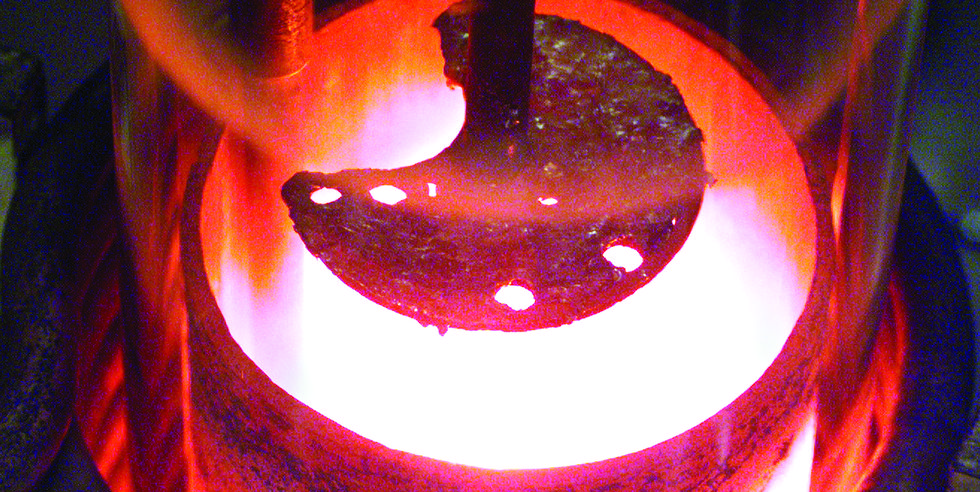
The U.S. has nearly 4,000 stockpiled nuclear weapons, and Scientific American wonders what will happen to all of their aging plutonium cores. Experts have said the plutonium will last at least 100 years, but it’s probably still smart to make backup plans—and the Trump administration is doing just that, with aims to replace all the cores by 2080.
US Deploys New Low-Yield Nuclear Submarine Warhead
The US Navy has now deployed the new W76-2 low-yield Trident submarine warhead.
BY: WILLIAM M. ARKIN & HANS M. KRISTENSEN | fas.org
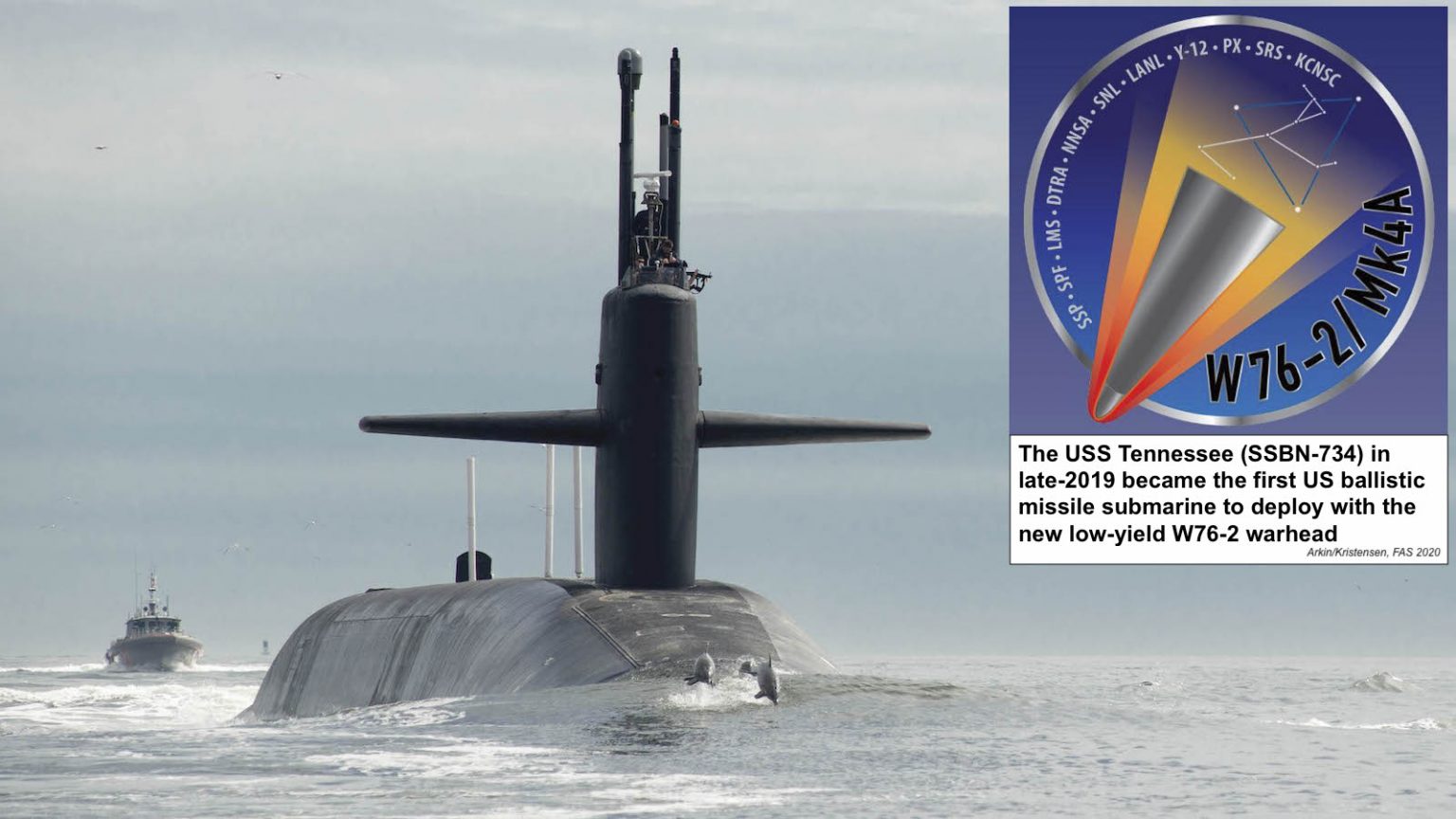
The first ballistic missile submarine scheduled to deploy with the new warhead was the USS Tennessee (SSBN-734), which deployed from Kings Bay Submarine Base in Georgia during the final weeks of 2019 for a deterrent patrol in the Atlantic Ocean.
The W76-2 warhead was first announced in the Trump administration’s Nuclear Posture Review (NPR) unveiled in February 2018. There, it was described as a capability to “help counter any mistaken perception of an exploitable ‘gap’ in U.S. regional deterrence capabilities,” a reference to Russia. The justification voiced by the administration was that the United States did not have a “prompt” and useable nuclear capability that could counter – and thus deter – Russian use of its own tactical nuclear capabilities.
Iran’s impending exit from the NPT: A new nuclear crisis
“What would an Iranian NPT withdrawal look like? It would spell the end of all IAEA inspections of Iran’s nuclear facilities and the dawn of a new era of complete lack of transparency on Iran’s nuclear activities…Without a doubt, Iran’s NPT exit would represent a severe blow to the global nonproliferation regime, irrespective of Iran’s stated intentions.”
BY: KAVEH L. AFRASIABI & NADER ENTESSAR | thebulletin.org
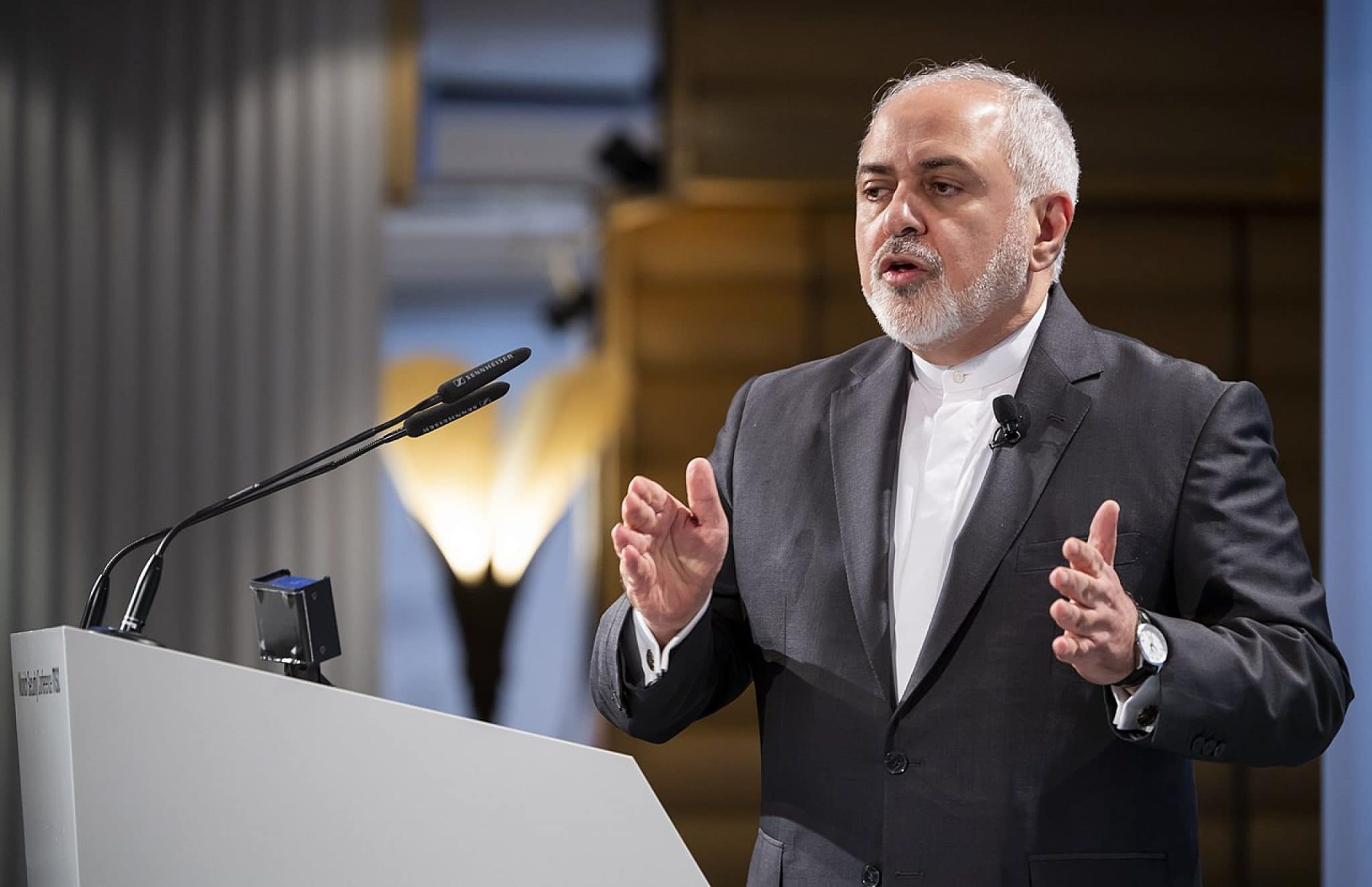
By all accounts, the approaching 2020 Nuclear Non-Proliferation Treaty (NPT) conference will have to address new challenges on both the disarmament and nonproliferation fronts. These range from the failure of nuclear weapons states to disarm as the treaty requires to the collapse of the Intermediate-Range Nuclear Forces (INF) Treaty, the uncertainties surrounding the future of New START after its expiration in early 2021, North Korea’s relentless nuclearization, and Iran’s repeated explicit threats to quit the NPT ever since the United States withdrew from the 2015 nuclear deal in May 2018. Taken as a whole, these developments represent a big leap backward, imperiling international peace and security. Coinciding with the 75th anniversary of the Hiroshima and Nagasaki nuclear bombings, the upcoming NPT conference is a unique opportunity to address the root causes of the NPT’s “new crisis” and to map out prudent steps toward crisis prevention, particularly in the volatile Middle East.
Trump’s Latest Attack on the Environment May Be His Most Alarming Yet
“New rules will eliminate consideration of climate change in environmental impact reports; limit the scope of projects that trigger NEPA, allowing companies to conduct their own reviews; implement hard deadlines on environmental reviews and possibly marginalize public input on projects.”
BY: SHARON ZHANG | truthout.org
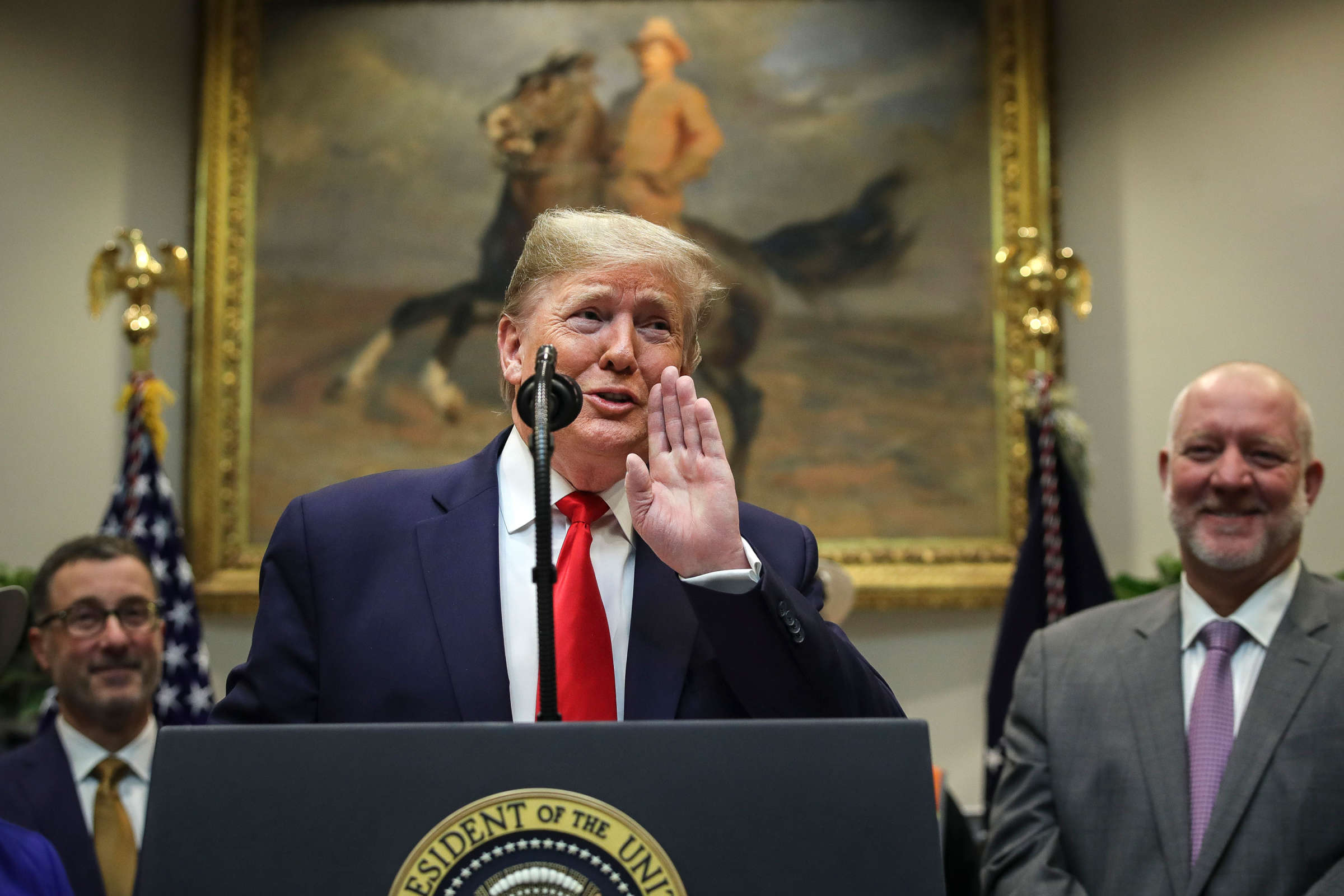
Early this month, the Trump administration released planned major changes to the National Environmental Policy Act (NEPA), the oldest environmental law in the U.S. The debate over NEPA is, like most other environmental debates in the U.S., a debate between people representing industry interests and people interested in protecting communities and the environment. And recently, the fossil fuel industry has helped push through another potential win against the law — and this one could have major consequences.
President Donald Trump has shown his hand in this debate many times — he’s continually on the side of corporations, which is unsurprising considering he, himself, is a businessman. Trump has rolled back or begun rolling back 95 environmental regulations as of December. He has been fixated on allowing the building of pipelines. This line of policy has come to a head with his administration’s recent proposal to roll back NEPA, the nation’s oldest environmental law.
The low-yield nuclear warhead: A dangerous weapon based on bad strategic thinking
BY: ANDREW FACINI | thebulletin.org
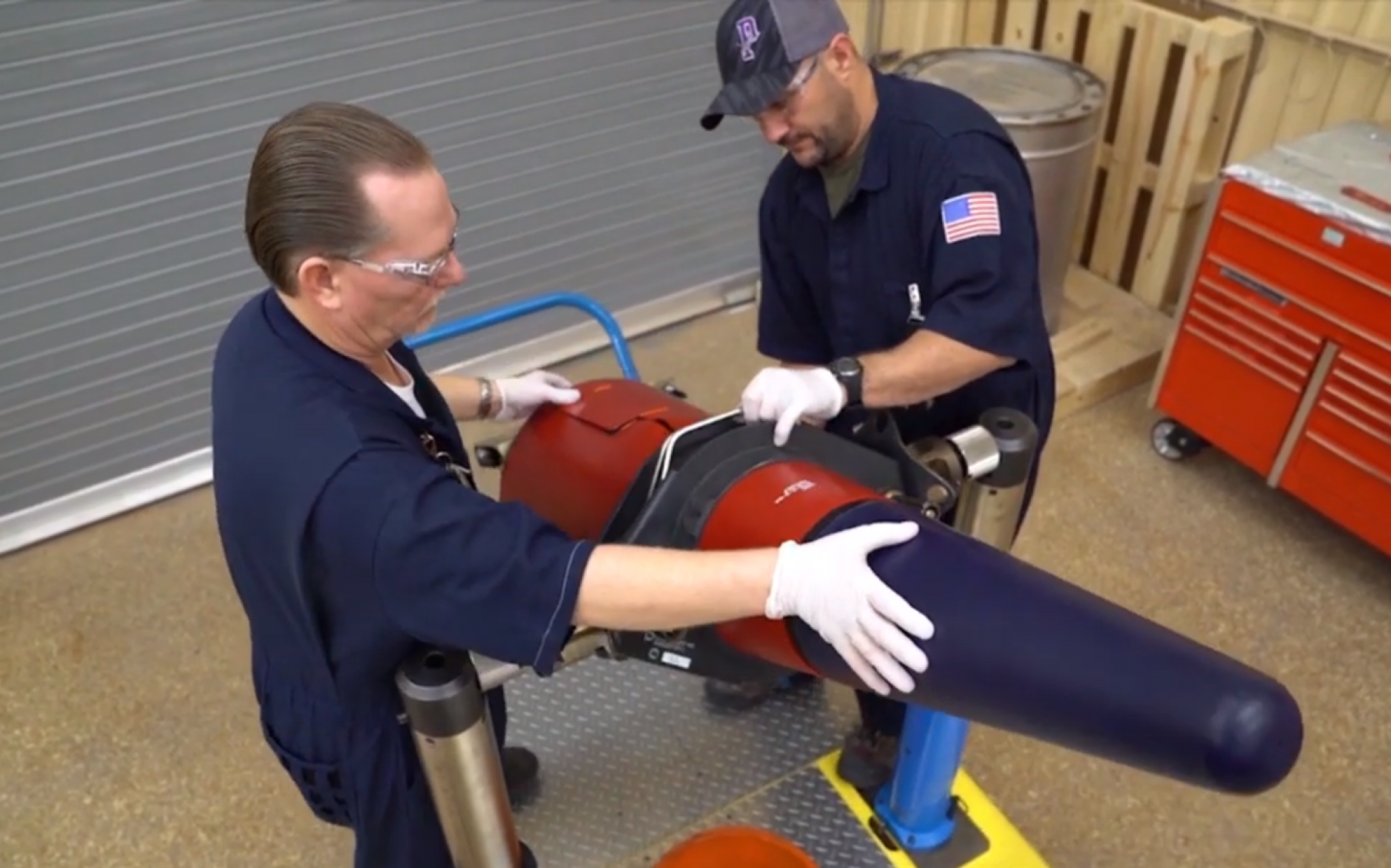
In the unintuitive world of nuclear weapons strategy, it’s often difficult to identify which decisions can serve to decrease the risk of a devastating nuclear conflict and which might instead increase it. Such complexity stems from the very foundation of the field: Nuclear weapons are widely seen as bombs built never to be used. Historically, granular—even seemingly mundane—decisions about force structure, research efforts, or communicated strategy have confounded planners, sometimes causing the opposite of the intended effect.
Such is the risk carried by one strategy change that has earned top billing under the Trump administration: the deployment of a new “low-yield” nuclear weapon on US submarines.
Low-yield, high risk. The Trump administration first announced its plans for a new low-yield nuclear warhead in its February 2018 Nuclear Posture Review, a public report meant to communicate and clarify various American nuclear weapons policies. The Nuclear Posture Review presented the lower-strength warhead as necessary for the “preservation of credible deterrence against regional aggression.” In other words, the United States was seeking a new, intermediate option for an imagined scenario in which Russia, after starting a conventional war in Europe, might be tempted to use smaller nuclear weapons first in order to win the conflict.
The Japanese Garden Reflects on Hiroshima Attack with Season-Opening Exhibit
Spirits Rising: ひろしま/hiroshima showcases objects left behind after U.S. forces bombed the city in 1945.
ARTICLE BY CONNER REED | pdxmonthly.com





I always wear kimonos to my opening receptions,” says Ishiuchi Miyako through a translator, clad in a brilliant purple garment stitched together from her grandparents’ kimonos.
Last Friday, Miyako opened Spirits Rising: ひろしま/hiroshima at the Portland Japanese Garden’s Pavilion Gallery. The exhibition features photographs from Miyako’s ひろしま/hiroshima series, which showcases personal objects left behind after American forces dropped nuclear bombs on Hiroshima and Nagasaki in 1945. When pieces from the series first premiered at the Andrew Roth Gallery in 2014, the New York Times said they “hold the eye and [don’t] easily let go.”
Large and haunting, the photographs appear without placards—Miyako offers no concrete information about the dresses and combs and dolls she’s compiled. Instead, viewers are left to imagine the objects’ histories. At first, it can be frustrating; you want to know the details of each life attached to each garment and trinket. Ultimately, it’s chilling: the more you wander, the greater the sense of annihilation becomes, until the whole space feels almost like a well-lit mass grave.
2020 Doomsday Clock Announcement
Washington, D.C. • January 23, 2020
Closer than ever: It is 100 seconds to midnight
Humanity continues to face two simultaneous existential dangers—nuclear war and climate change—that are compounded by a threat multiplier, cyber-enabled information warfare, that undercuts society’s ability to respond. The international security situation is dire, not just because these threats exist, but because world leaders have allowed the international political infrastructure for managing them to erode.
In nuclear spending fight, it’s Trump allies vs. White House budget office
BY: AARON MEHTA & JOE GOULD | defensenews.com
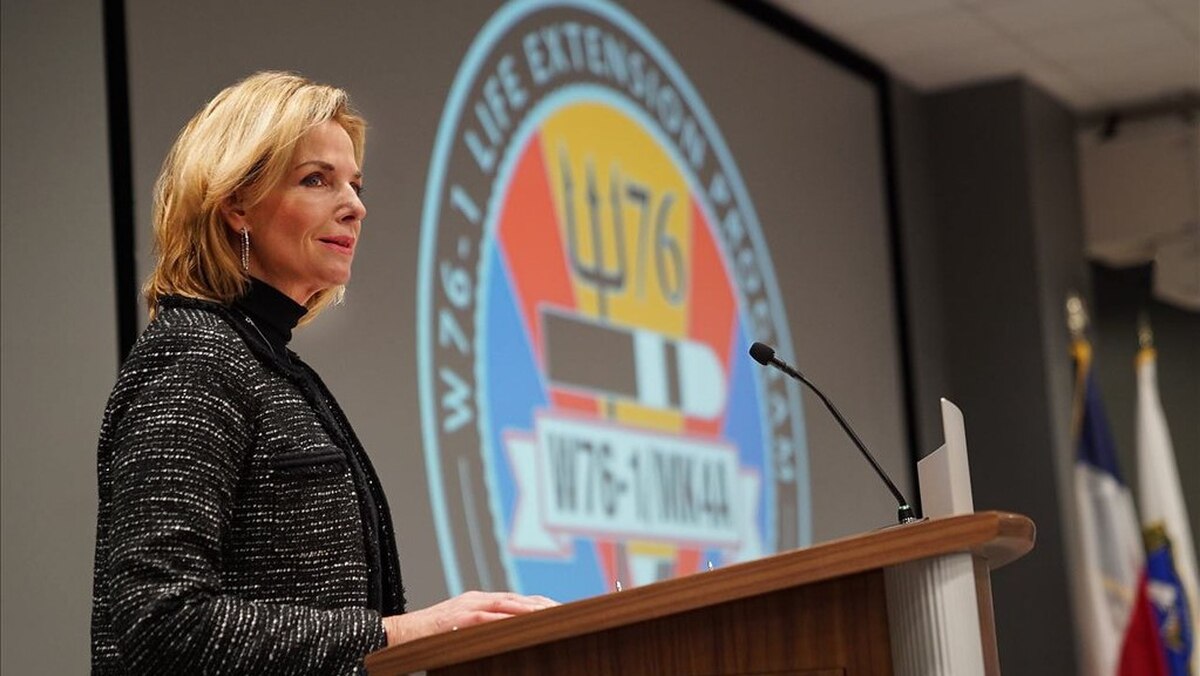
WASHINGTON — A new fight over America’s nuclear budget has erupted from behind the scenes, as key Republicans in Congress are appealing to President Donald Trump for a significant boost to the agency in charge of the nation’s nuclear warheads.
Though there are often disagreements as presidents vet their budgets on Capitol Hill before finalizing them, it’s rare that those fights become public. This time, some of the president’s allies in Congress are battling the White House’s Office of Management and Budget on behalf of the National Nuclear Security Administration, a semiautonomous agency inside the Department of Energy.
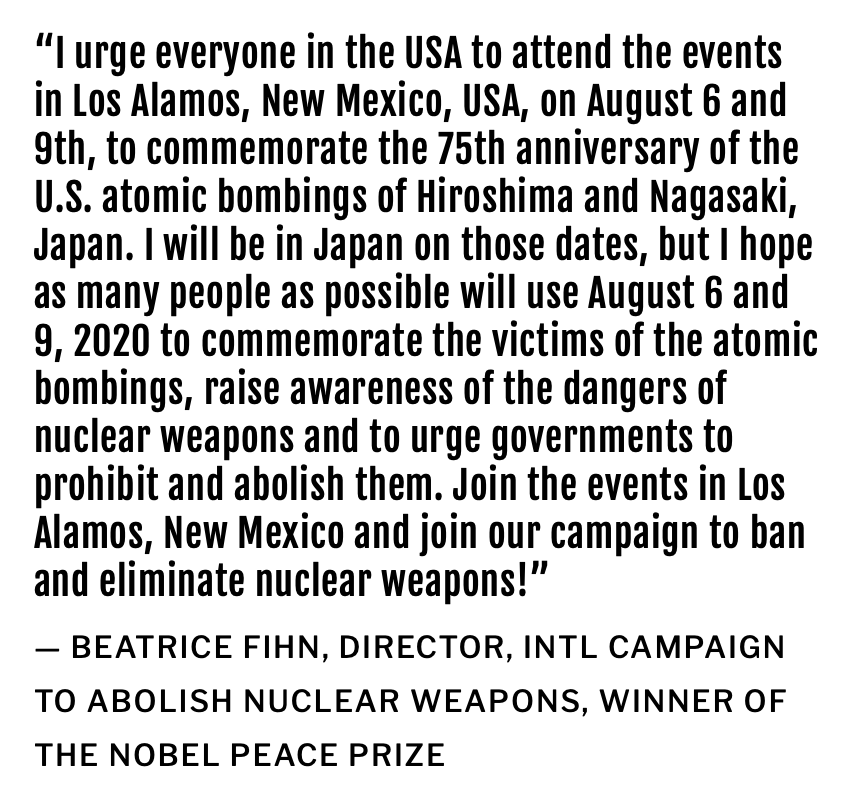
Feds say nuclear weapons work will be open
BY: SUSAN MONTOYA BRIAN / ASSOCIATED PRESS | abqjournal.com
A review of a proposal to ramp up production of key components for the United States’ nuclear arsenal will be open and transparent, according to members of New Mexico’s congressional delegation.
Sens. Tom Udall and Martin Heinrich and Rep. Ben Ray Luján said in a joint statement to The Associated Press that they received assurances from federal officials that the review process also will include an opportunity for public comment.
The Democrats were briefed last week by federal officials after the National Nuclear Security Administration announced it did not need to do a more expansive nationwide review of the impacts of building plutonium cores at federal installations in New Mexico and South Carolina.
As supporters of bringing more defense-related spending to New Mexico, the lawmakers initially refrained from commenting on whether they would support an expanded review, saying they needed more information. Watchdog groups have argued that federal officials are violating national environmental laws by not doing a more in-depth analysis.
A radioactive legacy haunts this Navajo village, which fears a fractured future
BY: WILL FORD | washingtonpost.com
RED WATER POND ROAD, N.M. — The village of Red Water Pond Road sits in the southeast corner of the Navajo Nation, a tiny speck in a dry valley surrounded by scrub-covered mesas. Many families have lived here for generations. The federal government wants to move them out.

In what might seem a cruel echo of history, officials are relocating residents to the city of Gallup, about a half-hour away, and surrounding areas. This echo is nuanced, however. The village sits amid a Superfund site loaded with uranium mine waste. Mitigation has been delayed for decades, along with remedies for hundreds of other abandoned uranium mines across the tribe’s lands that boomed during the Cold War.
No Plan to Consolidate Pit Mission at Single Site, But DoE Won’t Deny the Possibility
“…the pit issue has proved politically thorny since then, with Sens. Tom Udall (D-N.M.) and Martin Heinrich (D-N.M.) needling the agency over the last few budget cycles about the need to build a pit plant anywhere other than Los Alamos.”
BY: DAN LEONE | defensedaily.com
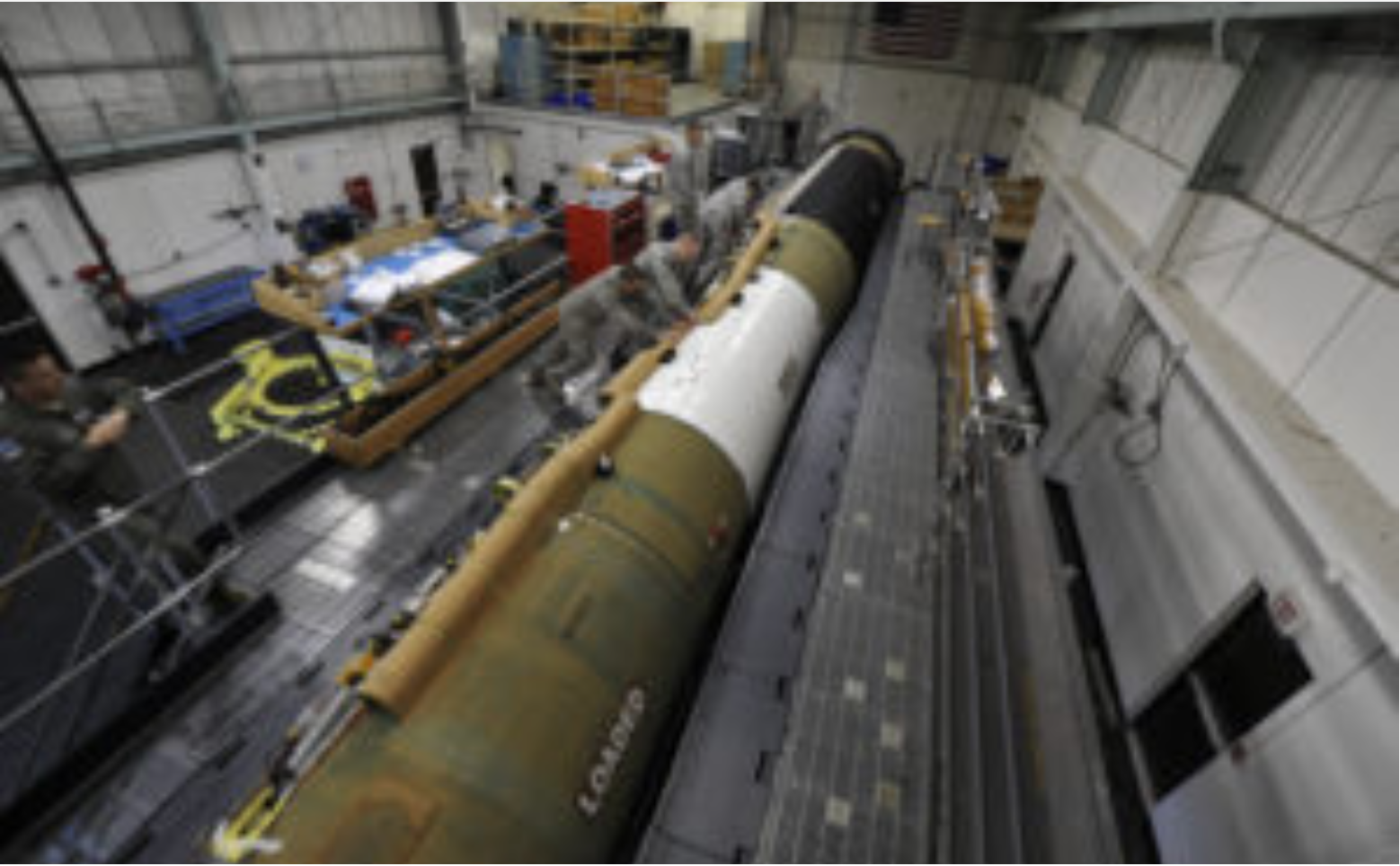
The head of the National Nuclear Security Administration (NNSA) would not rule out the possibility here Thursday that one of the agency’s two planned plutonium pit factories could independently supply all the fissile nuclear weapon cores initially required for planned refurbishments of U.S. nuclear weapons.
“[W]e are not looking at [using] one exclusive of the other,” Lisa Gordon-Hagerty, administrator of the National Nuclear Security Administration (NNSA), told sister publication Nuclear Security & Deterrence Monitor in a question-and-answer session during a breakfast hosted by area nonprofits the Mitchell Institute for Aerospace Studies and the Advanced Nuclear Weapons Alliance. “That is not our plan.”
In a 2020 budget bill signed before the holidays, Congress at last funded the first step in a plan the NNSA publicly announced in 2018: produce at least 80 plutonium pits a year starting in 2030 by upgrading an existing pit plant, the PF-4 Plutonium Facility at the Los Alamos National Lab, and converting the partially built Mixed Oxide Fuel Fabrication Facility at the Savannah River Site into a new pit plant called the Savannah River Plutonium Processing Facility (SRPPF).
SRPPF would get more than $400 million of the $710 million or so appropriated for the entire Plutonium Sustainment account. The NNSA is the semiautonomous Department of Energy agency in charge of U.S. nuclear weapons and materials.
NNSA Moves to Expand Plutonium Pit Production
The National Nuclear Security Administration said last week that it will proceed with a plan to sharply expand production of plutonium “pits” — the explosive triggers for thermonuclear weapons — without performing a full “programmatic” environmental review.
BY: STEVEN AFTERGOOD | fas.org Secrecy News
NNSA envisions producing “no fewer than 80 pits per year by 2030,” including a minimum of 30 pits per year at Los Alamos National Laboratory and a minimum of 50 pits per year at the Savannah River Site. Currently, “less than 20 per year” are produced, all at Los Alamos.
It is “NNSA’s determination that no further NEPA [National Environmental Policy Act] documentation at a programmatic level is required,” the agency said in a January 8 Federal Register notice. (Site-specific assessments will still be prepared for plutonium pit production at Los Alamos National Lab and the Savannah River Site.)
Environmental and anti-nuclear groups cried foul. “NNSA’s refusal to complete programmatic environmental review before plunging ahead with plans to more than quadruple the production authorization for plutonium bomb cores flies in the face of our country’s foundational environmental law, the National Environmental Policy Act, and a standing federal court order mandating that the government conduct such a review,” said Marylia Kelley of Tri-Valley CAREs.
U.S. lawmakers from NM hold out on review of nuke plan
The government isn’t going to “become conscious of the contradictions and interactions” of the numerous programs that would be involved unless it’s forced to prepare an environmental impact statement. Watchdogs [also] said the state needs to consider that the waste will need to be sent somewhere.
BY: SUSAN MONTOYA BRIAN / ASSOCIATED PRESS | abqjournal.com © Associated Press
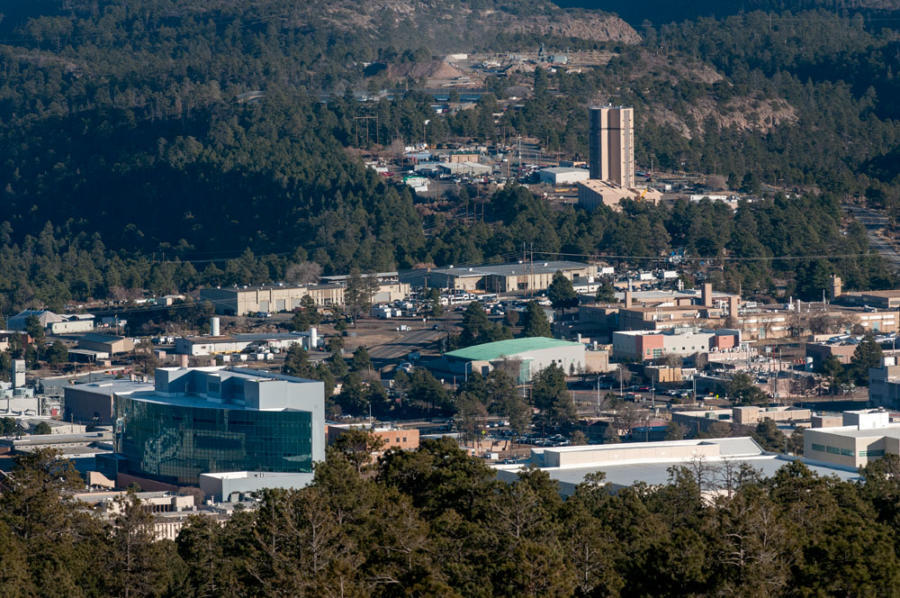
SANTA FE, N.M. — Members of New Mexico’s congressional delegation find themselves in an awkward position as watchdogs claim the U.S. government is skirting key environmental laws by refusing to closely examine the consequences of increasing production of key plutonium components for the nation’s nuclear arsenal.
The National Nuclear Security Administration, which oversees the nuclear arsenal, said last week that it doesn’t need to do any broad environmental reviews of the proposal. Watchdog groups say that’s a violation of law.
Why nuclear weapons should be a major focus of the 2020 campaign
ARTICLE BY JOHN MECKLIN | thebulletin.org
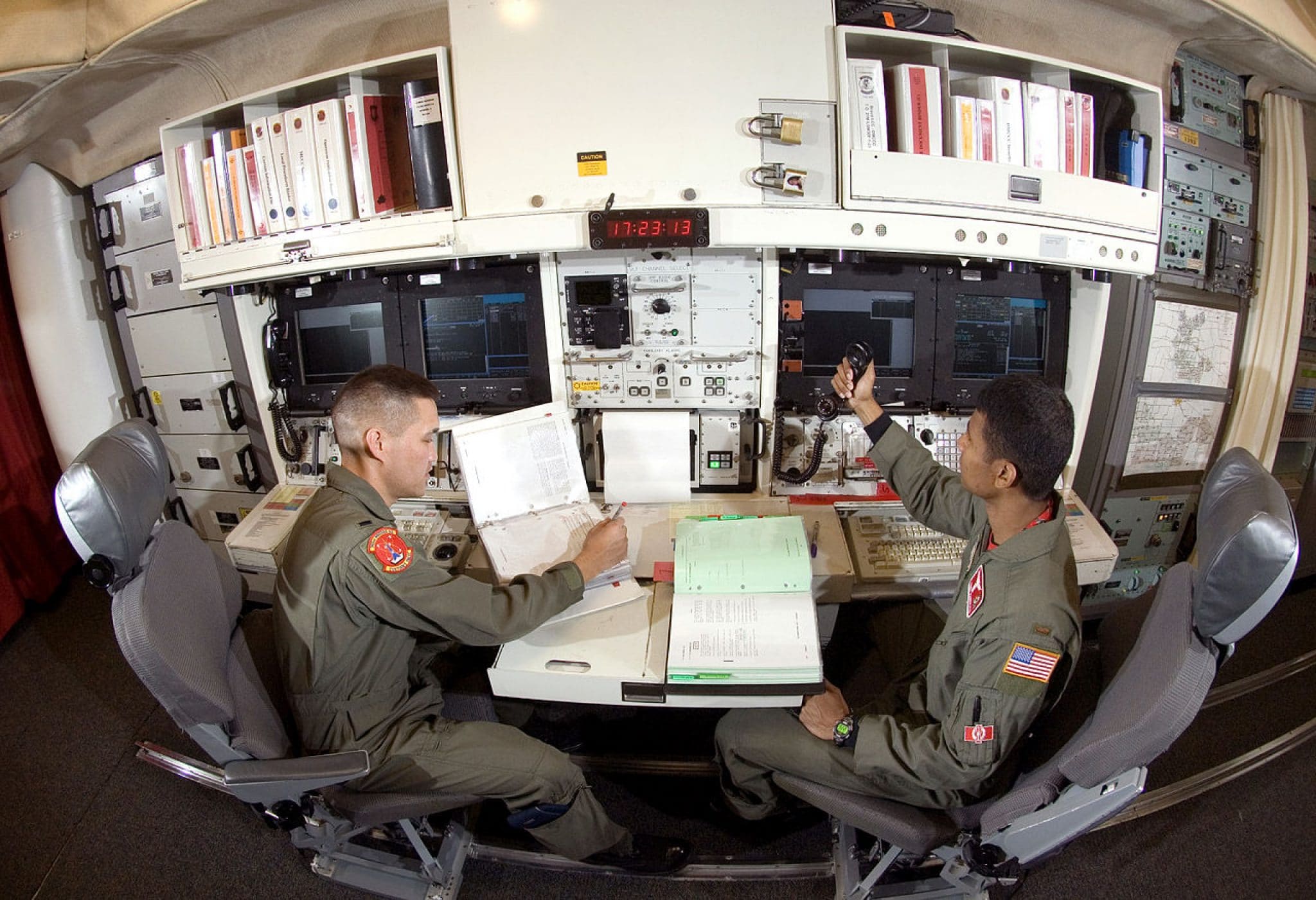
The proverbial alien beamed down to Earth would find the situation quizzical indeed: The political debates and campaigns involved in selecting the most powerful person on the planet – the US president – scarcely mention the stark fact that any president could at any time be called to decide, almost instantly, whether to order a nuclear attack that would lead to the end of civilization. There is, at present, no significant check on the president’s ability to make that decision. If he orders a nuclear attack, there will almost certainly be one. For a variety of reasons, the chances of nuclear war are not negligible; they are at least as high as they were at the height of the Cold War, according to leading world experts. And a nuclear exchange of even modest proportions would change the world forever, bringing on nuclear winter, degrading civilization in countless other ways, and affecting every person, everywhere. (At least every live person. The tens or hundreds of millions killed quickly in a nuclear exchange will just be dead.)
How Rising Temperatures Increase the Likelihood of Nuclear War
As climate changes stresses our human institutions, we are likely to face deadly conflicts over critical resources.
BY: MICHAEL T. KLARE | thenation.com © ![]()
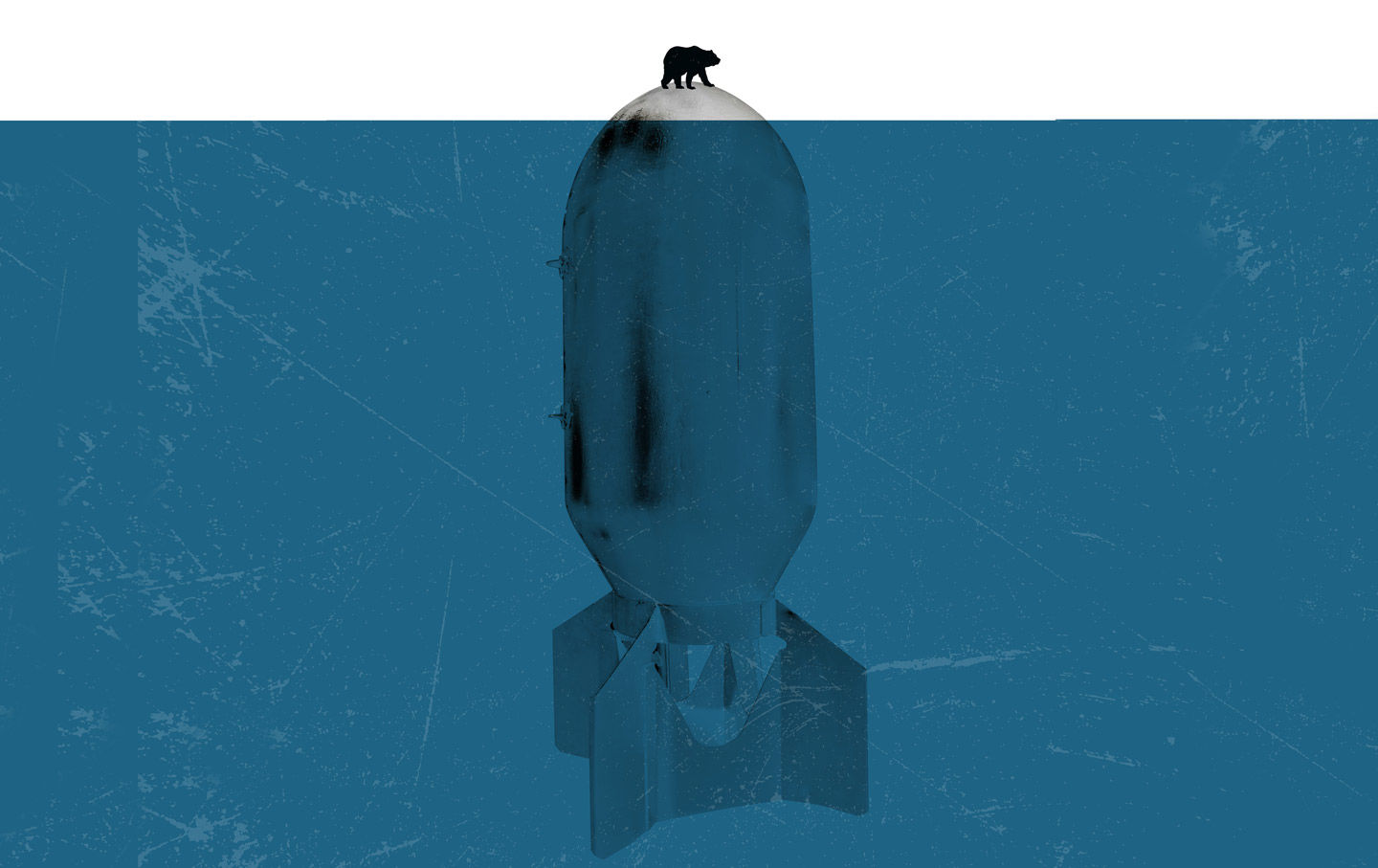
President Donald Trump may not accept the scientific reality of climate change, but the nation’s senior military leaders recognize that climate disruption is already underway, and they are planning extraordinary measures to prevent it from spiraling into nuclear war. One particularly worrisome scenario is if extreme drought and abnormal monsoon rains devastate agriculture and unleash social chaos in Pakistan, potentially creating an opening for radical Islamists aligned with elements of the armed forces to seize some of the country’s 150 or so nuclear weapons. To avert such a potentially cataclysmic development, the US Joint Special Operations Command has conducted exercises for infiltrating Pakistan and locating the country’s nuclear munitions.
As LANL jobs grow, housing issues worsen
ARTICLE BY MONICA ROMAN GAGNIER | abqjournal.com Copyright © 2020 Albuquerque Journal
Overheard at the Blake’s Lotaburger at the corner of Guadalupe Street and Paseo de Peralta in Santa Fe:
“What brings you back to New Mexico, dude?”
“I just got a great job at LANL, but I can’t find a place to live that I can afford.”
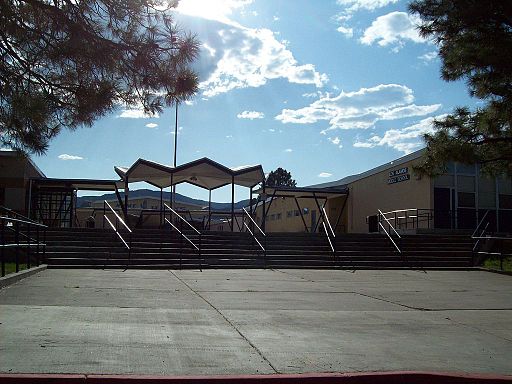 From fast-food joints to the chambers of local government to Realtors’ offices, everyone agrees: There’s a shortage of affordable, desirable housing in northern New Mexico to serve the growing workforces of places such as Los Alamos National Laboratories and Presbyterian Española Hospital.
From fast-food joints to the chambers of local government to Realtors’ offices, everyone agrees: There’s a shortage of affordable, desirable housing in northern New Mexico to serve the growing workforces of places such as Los Alamos National Laboratories and Presbyterian Española Hospital.
It’s a vexing problem in an area where families are reluctant to move after generations in the same house, there is a lack of new housing developments in key areas, and New Mexico pueblos have been asserting and winning claims over water rights and roads.
With a New Weapon in Donald Trump’s Hands, the Iran Crisis Risks Going Nuclear
“Regardless of presidencies, nuclear planning tends to have a life of its own…Iran is very much in the crosshair.” – Hans Kristensen
Nuclear planners operate from “relatively vague presidential guidance,” writing scenarios, conducting war games, and adjusting plans, weapons and the posture of forces to anticipate countless possible scenarios.
BY: WILLIAM ARKIN | newsweek.com
Ten days before Donald J. Trump was elected president in 2016, the United States nuked Iran. The occasion: a nuclear war exercise held every year in late October. In the war game, after Iran sank an American aircraft carrier and employed chemical weapons against a Marine Corps force, the Middle East commander requested a nuclear strike, and a pair of B-2 stealth bombers, each loaded with a single nuclear bomb, stood by while the president deliberated.

“Testing our forces through a range of challenging scenarios validates the safety, security, effectiveness and readiness of the strategic deterrent,” Adm. Cecil D. Haney, then the commander of U.S. Strategic Command, said as the exercise got underway.
DOE’s Nuclear Agency Moving to Manufacture New Plutonium Bomb Cores in Violation of Environmental Law and Court Order
Natural Resources Defense Council, Nuclear Watch New Mexico, SRS Watch, Tri-Valley CAREs Assert “Pit” Pursuit Violates National Environmental Policy Act (NEPA)
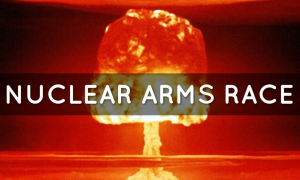
COLUMBIA, SC, USA, January 9, 2020 /EINPresswire.com/ — The Department of Energy’s semi-autonomous National Nuclear Security Administration (NNSA) has announced that it is proceeding with aggressive plans to expand the production of plutonium pits without required nation-wide “programmatic” public review. The Natural Resources Defense Council, Nuclear Watch New Mexico, Savannah River Site Watch and Tri-Valley CAREs assert this is in violation of the legal requirements of both the National Environmental Policy Act (NEPA) and a 1998 court order that stipulates that DOE must prepare a “programmatic environmental impact statement” (PEIS) when it plans to produce more than 80 pits per year. Plutonium pits are the radioactive cores of nuclear weapons.
Jay Coghlan of Nuclear Watch New Mexico concluded, “We need to find smart ways to face the world’s renewed nuclear arms race. Unnecessary expanded production of questionable plutonium bomb cores is not the way to do it. Instead of aggressively modifying nuclear weapons the U.S. should carefully preserve its existing, reliable, extensively tested nuclear weapons stockpile while working toward a future world free of them. It’s that kind of analysis and consideration of credible alternatives that the National Environmental Policy Act should give Americans instead of the nuclear weaponeers rubber stamping their self-interested agenda of nukes forever at the taxpayer’s expense.”
U.S. plutonium bomb core production ended in 1989 when the FBI raided the Rocky Flats Plant near Denver while investigating environmental crimes. In 1997, DOE relocated pit production to the Los Alamos National Laboratory (LANL) in New Mexico after completing the Stockpile Stewardship and Management Programmatic Environmental Impact Statement. Production was capped at 20 pits per year.
LANL waste cleanup agreement gets chilly reception
“The 2016 consent order should be jettisoned in its entirety,” said Jay Coghlan, executive director of Nuclear Watch New Mexico. “And the fundamental principle is the state should be in the driver’s seat and not DOE.”
To back up his argument, Coghlan read some of the order’s guidelines, such as letting the federal agency set its own cleanup targets according to its budgetary constraints.
BY: SCOTT WYLAND | santafenewmexican.com
LOS ALAMOS — While some people coolly suggested a list of procedural changes, others vented Thursday about a waste cleanup agreement they say cuts out the public and gives the U.S. Energy Department too much power to call the shots.
US plutonium production plan likely to spur legal challenge
Nuclear watchdogs, government accountability advocates and other critics argue that the decision skirts requirements of the National Environmental Policy Act and a decades-old court order that included a mandate for an environmental review when the federal government embarked on plans to boost production to more than 80 of the nuclear cores a year.
BY: SUSAN MONTOYA BRYAN | apnews.com – washingtonpost.com Copyright 2020 The Associated Press

ALBUQUERQUE, N.M. — The agency that oversees the United States’ nuclear arsenal says it doesn’t need to do any broad environmental reviews of a proposal that calls for ramping up production of plutonium triggers at federal installations in New Mexico and South Carolina.
The National Nuclear Security Administration on Wednesday released a supplemental analysis related to the project, saying the determination was made after reviewing extensive documentation and public comments that were received last year.
A key component of every nuclear weapon, most of the plutonium cores in the stockpile were produced in the 1970s and 1980s, according to the nuclear agency.
Nuclear watchdogs, government accountability advocates and other critics argue that the decision skirts requirements of the National Environmental Policy Act and a decades-old court order that included a mandate for an environmental review when the federal government embarked on plans to boost production to more than 80 of the nuclear cores a year.
NNSA: No new programmatic environment study needed for plutonium pit production at LANL
“NNSA’s refusal to complete programmatic environmental review before plunging ahead with plans to more than quadruple the production authorization for plutonium bomb cores flies in the face of our country’s foundational environmental law, the National Environmental Policy Act, and a standing federal court order mandating that the government conduct such a review,” – Marylia Kelley, executive director of Tri-Valley CARES
BY: KENDRA CHAMBERLAIN | nmpoliticalreport.com
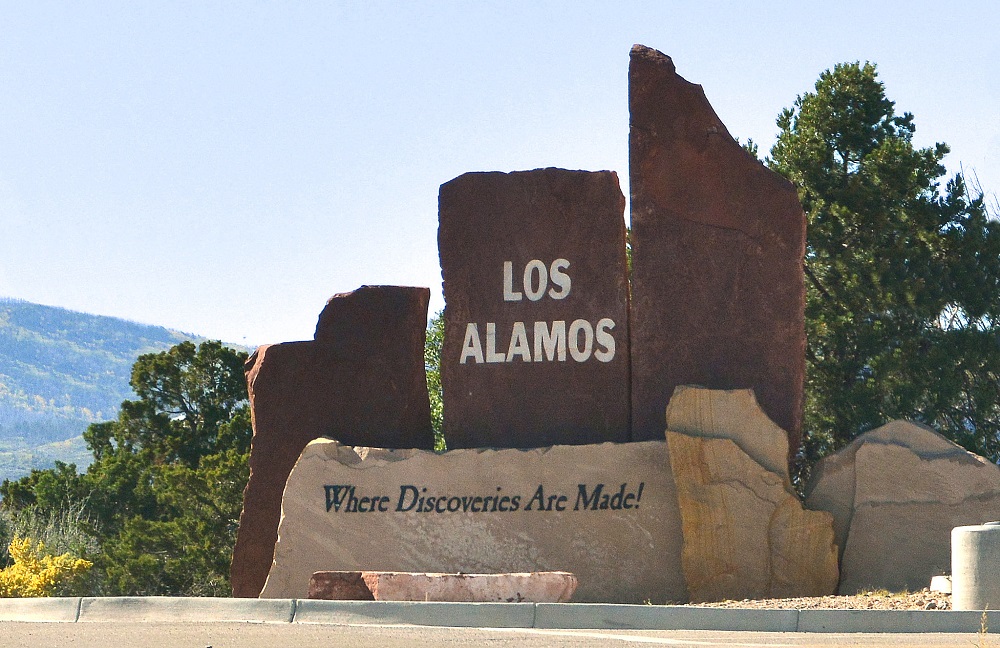
The Department of Energy’s National Nuclear Security Administration (NNSA) will not complete a programmatic study for environmental impacts of increased plutonium pit production at Los Alamos National Labs (LANL) and one other lab located in South Carolina. The decision to not do so drew criticism from Nuclear Watch NM and other groups, who argue such assessments are required by law under the National Environmental Policy Act (NEPA) and an existing court order.
Plutonium pits are the radioactive cores of nuclear warheads where the chemical reactions occur that cause the warhead to detonate. The U.S. made thousands of cores during the Cold War, but pit production has all but stopped in the last thirty years.
Now, the federal government is getting ready to ramp up pit production in order to modernize the U.S. nuclear arsenal and “assure the nation has a safe, secure and credible deterrent,” said Lisa Gordon-Hagerty, the Department of Energy Under Secretary for Nuclear Security and the NNSA Administrator, in a statement. The 2018 Nuclear Posture Review calls for at least 80 plutonium pits to be produced per year by 2030, with a target of 30 pits produced annually at LANL and 50 pits produced annually at Savannah River Site.
The Dubious Moral Justification for a Nuclear Second Strike
The aim of presenting the case for the continued possession of these terrifying weapons that hold the potential to destroy all life on earth this way seems to be to convince citizens that nuclear weapons are morally justifiable and thus somehow ‘acceptable.’
ARTICLE BY GERARD BOYCE | commondreams.org

Poised as the nuclear powers appear to be to resume the nuclear arms race, leaders of these countries have been at pains to assure their countrymen and the rest of the world that, though determined to maintain and even expand their nuclear arsenals, they will only use them for the purposes of a second strike i.e. in retaliation to a nuclear first strike by a nuclear-armed belligerent. Their pledges are meant to reassure us that nuclear weapons are for defensive rather than offensive purposes. The aim of presenting the case for the continued possession of these terrifying weapons that hold the potential to destroy all life on earth this way seems to be to convince citizens that nuclear weapons are morally justifiable and thus somehow ‘acceptable’. For a number of reasons, however, a second strike may not be as morally defensible as leaders would have us believe.
Trump budget coming Feb. 10 — here’s what you can expect
BY: AARON MEHTA & JOE GOULD | defensenews.com
WASHINGTON — The Trump administration plans to submit its fiscal 2021 budget request to Congress Feb. 10, with defense spending expected to be essentially flat compared to the previous year.A spokesperson for the Office of Management and Budget confirmed to Defense News that the date for the budget submission has been locked in. The date was first reported by Politico.
President Donald Trump signed off on the FY20 budget, including $738 billion for defense, on Dec. 20, following almost three months of the government running under a continuing resolution.
The two-year budget deal from last summer called for $740 billion in defense spending for FY21, essentially flat. The budget is expected to continue the department’s focus on implementing the National Defense Strategy, which prioritizes challenging China and Russia.
New Mexico reconsidering 2016 waste agreement with LANL
The state of New Mexico is reconsidering its 2016 pact with the U.S. Department of Energy on how to regulate the cleanup of decades-old hazardous waste at Los Alamos National Laboratory.
Ryan Flynn, who became the state’s environment secretary in 2013, granted the lab 150 deadline extensions during his tenure, said Jay Coghlan, executive director of Nuclear Watch New Mexico.
Shortly after Flynn announced in 2016 that the consent order was being revised, the Energy Department reduced its top-range estimate for the long-term cleanup to $3.8 billion and said it would need at least 20 years to complete it, Coghlan said.
That reduced the yearly cleanup projection to $150 million from the earlier $250 million estimate, Coghlan said.
“It’s no coincidence that a mere few months after the 2016 consent order came out, DOE low-balled its life-cycle estimate,” he said.
BY: SCOTT WYLAND | santafenewmexican.com
The administration of Democratic Gov. Michelle Lujan Grisham wants to revisit the agreement — known as a consent order — that the state Environment Department crafted under Republican Gov. Susana Martinez to replace a more stringent 2005 version that expired at the end of 2015.
The public will have a chance to air views about the current consent order and suggest changes at a meeting Thursday at the University of New Mexico’s Los Alamos campus. The meeting is being held in response to people expressing concerns about the consent order to state regulators and legislative leaders, said Maddy Hayden, a spokeswoman for the Environment Department.
January 9th: New Mexico Environment Department to Host Los Alamos Public Meeting
Why the new US ICBMs would be too expensive even if they were free
“Experts estimate that it would take two Russian warheads to destroy with high confidence one of the 400 active US ICBMs, each armed with a single warhead. This might seem like a good deal, until you ask what the impact of 800 Russian warheads exploding on US territory would be…The long-term contamination would be about ten times greater than that from the Chernobyl accident, rendering a large swath of the Midwest uninhabitable for generations.”
BY: ROBERT J. GOLDSTON | thebulletin.org
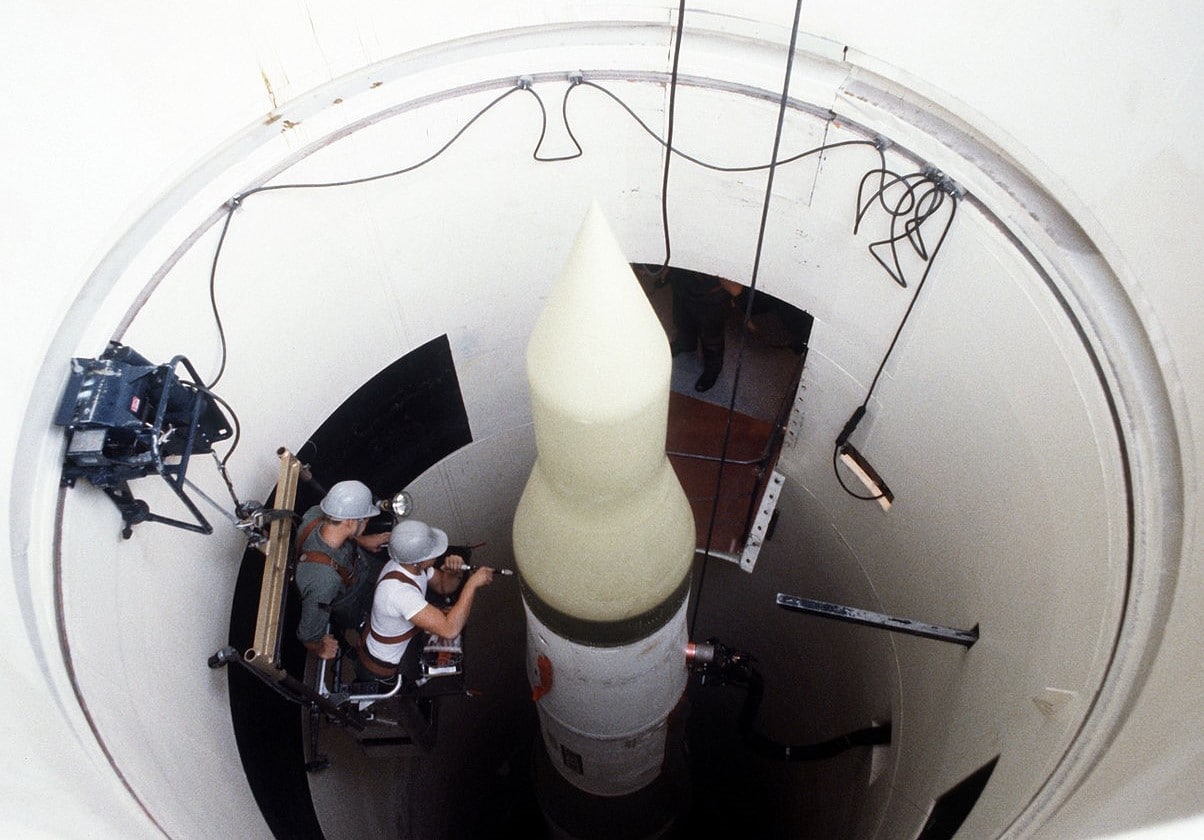
The proposed US nuclear modernization program includes replacing the 400 existing Minuteman III missiles with a new set of “Ground-Based Strategic Deterrent” missiles and their associated facilities. The cost for this modernization is very large, with an advertised price tag of $85 billion, and if history is any guide, a substantial cost escalation is likely. On the one hand, if these silo-based intercontinental ballistic missiles (ICBMs) deter attacks that would cost tens of millions of lives, then they are worth this much many times over. On the other hand, if they are more likely to cause massive numbers of human deaths, then they are immensely expensive even if they cost nothing.
The primary argument for silo-based ICBMs is that they would “sponge up” a large number of Russian warheads if the United States were attacked.
Final Supplement Analysis (SA) and Determination on Complex Transformation Supplement Environmental Impact Statement (SPEIS) for Expanded Pit Production to be Released Later This Week
The Department of Energy’s National Nuclear Security Administration (DOE/NNSA) has approved a final Supplement Analysis (SA) and determination on the Complex Transformation Supplement Environmental Impact Statement (SPEIS) which evaluated whether increasing capabilities to produce a minimum of 50 pits per year at a re-purposed Mixed-oxide Fuel Fabrication Facility (MFFF) at the Savannah River Site (SRS) and a minimum of 30 pits per year at Los Alamos National Laboratory (LANL), with additional surge capacity at each site if needed, would require the preparation of a new or supplement EIS. This SA is the programmatic, complex-wide analysis mentioned in the Notice of Intent for the site-specific SRS EIS that was published in the Federal Register (FR) on June 10, 2019, and the final of the draft SA that was released for an approximately 45-day public comment period on June 28, 2019.
It’s Been 32 Years since the Conclusion of the INF Treaty Yet Arms Control Is Still Vital
ARTICLE BY STEPHAN KIENINGER | historynewsnetwork.org
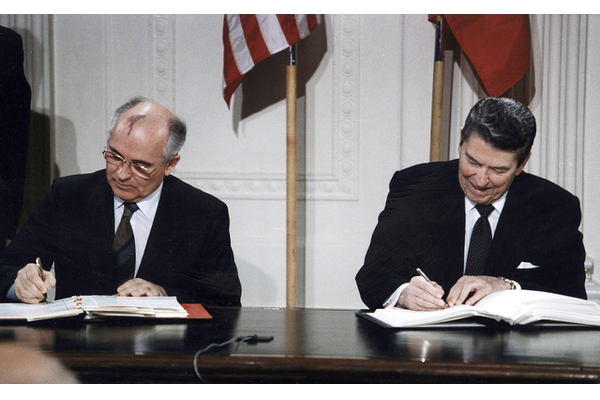
In August, the United States withdrew from the landmark INF Treaty of 1987 due to the Russian Federation’s continuing violation of the treaty and Vladimir Putin’s reckless deployment of the Russian 9M729 cruise missile. Another crucial arms control treaty, the New START agreement, is set to expire in early 2021. Recently, George Shultz and Mikhail Gorbachev called American and Russian decision makers to preserve the INF Treaty. (1)
More than thirty years ago, Shultz and Gorbachev stepped forward with President Reagan to change history’s direction. Reagan and Gorbachev signed the INF Treaty on the occasion of their historic Washington Summit on December 8, 1987. The unprecedented agreement eliminated all US and Russian missiles between the ranges of 500 to 5500 kilometers. The two countries destroyed a total of 2,692 ballistic and cruise missiles by the treaty’s deadline of June 1, 1991, with verification measures that were previously unimaginable.
If the Trump plan survives legal challenges, polluters would no longer need a permit to release contaminated water into ephemeral streams and wetlands that aren’t immediately adjacent to protected waters. This would, according to New Mexico’s Environment Department, eliminate about 40% of the state’s water pollution permits, including those held by wastewater treatment plants, hard-rock mines and coal mines.
The effect this could have on the state’s drinking water is illustrated most starkly at Los Alamos National Laboratory, the former Manhattan Project site that serves as a center of the country’s nuclear research and development.
BY: ANNA M. PHILLIPS | latimes.com
Trump’s Plans to Strip Clean Water Protections Leave New Mexico Fearing Pollution and Health Risks
The effect this could have on the state’s drinking water is illustrated most starkly at Los Alamos National Laboratory, the former Manhattan Project site that serves as a center of the country’s nuclear research and development.
The 40-square-mile site where scientists built the first atomic bomb remains contaminated from that era.
BY: Anna M. Phillips, The Los Angeles Times latimes.com Jan. 3, 2020
Twice a day, every day, Vicente Fernandez walks along the banks of the Rio Fernando, inspecting the river that has shaped his valley’s fortunes for generations.
Like his father and his grandfather before him, Fernandez is a mayordomo — the manager of a centuries-old network of irrigation ditches called acequias that divert water from the river into nearby fields. Hundreds of families in the Taos Valley rely on it to nourish their gardens and fruit trees and to replenish the aquifer they depend on for drinking water.
But the future of the Rio Fernando and its acequias is murky.
Early in the coming year, President Trump’s Environmental Protection Agency plans to roll back clean water rules, abolishing limits on how much pollution can be dumped into small streams and wetlands.
Federal data suggest 81% of streams in the Southwest would lose protections. A large share of streams in California and other Western states will be hard hit.
Nowhere are the stakes as high as in New Mexico. Environmental regulators in the state estimate that the new rule could leave 96% of the state’s waterways and wetlands unprotected from pollution from coal mines, factory waste, pesticide runoff and other sources.
And New Mexico does not have its own regulations to fill the void, which makes its waterways particularly vulnerable.
EPA: Permit will regulate polluted stormwater in Los Alamos County
The U.S. Environmental Protection Agency will require a federal pollution permit be used to regulate Los Alamos County’s contaminated stormwater, which for years has flowed into streams and the Rio Grande, a primary source of drinking water.
BY: SCOTT WYLAND | santafenewmexican.com
 Attorneys representing the Taos-based advocacy group Amigos Bravos said their client’s September lawsuit against the EPA pushed the agency to require the permitting under the Clean Water Act.
Attorneys representing the Taos-based advocacy group Amigos Bravos said their client’s September lawsuit against the EPA pushed the agency to require the permitting under the Clean Water Act.
The EPA issued preliminary findings in 2015 that showed pollutants in some parts of Los Alamos National Laboratory property and other areas of Los Alamos County far exceeded state health and water quality standards, yet the agency failed to take action, according to the Oregon-based Western Environmental Law Center.
“The EPA finally took a hard look at where these pollutants are coming from,” said Andrew Hawley, a law center attorney, in an interview. “The pollutants of concern were showing up in the tributaries going into the Rio Grande.”
EPA representatives at the regional office in Dallas couldn’t be reached Tuesday to comment on the agency’s decision or discuss the timeline for implementing the permit.
NUCLEAR WASTE: Why the drive to fund interim storage unraveled
Efforts to break through the nation’s nuclear waste logjam in the fiscal 2020 spending package fell to familiar congressional infighting despite an apparent alignment in the push for interim storage, House lawmakers said yesterday.
This is a Nuclear Weapons Offer Trump ought not to refuse
It is not very often that the Kremlin issues a transcript of remarks by President Vladimir Putin with a sentence marked in highlighter, but that’s what happened Dec. 5 when Mr. Putin met with leaders of Russia’s defense industry.
Courting Disaster: How Not to Manage Existential Threats to National Security
Washington’s pursuit of national ballistic missile defense for the last twenty years has, as much as anything else, driven Russian and Chinese strategic nuclear weapons acquisition decisions.
BY: ROBERT GALLUCCI | nationalinterest.org
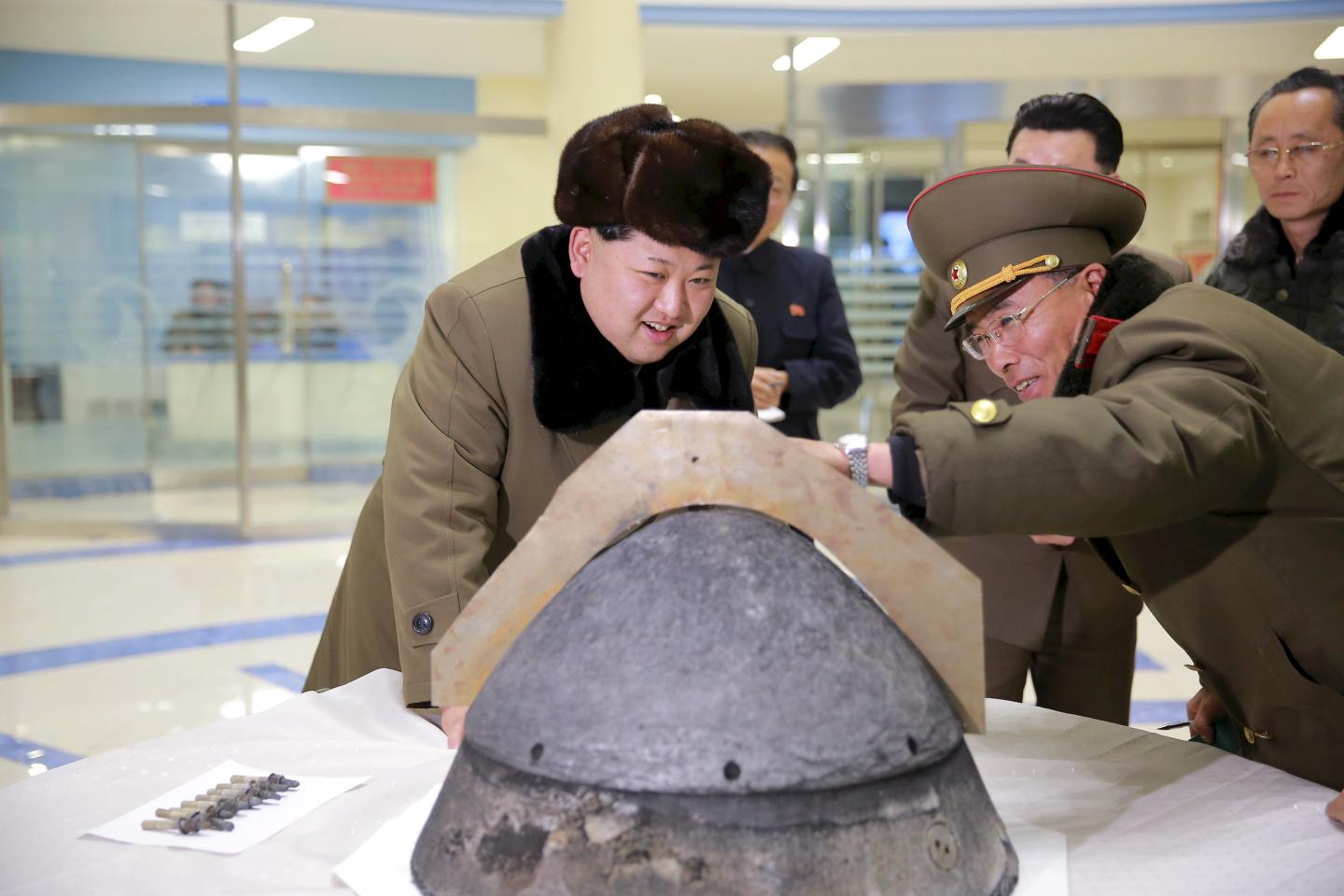
There are a small number of threats to our nation’s security, involving truly catastrophic consequences, which may be managed by good public policy. Some of these involve uncertainties over scientific or technological developments that could lead to good, as well as very bad outcomes. Think designer biology, quantum computing and artificial intelligence. But two stand out both for the certainty and magnitude of their destructive impact: climate change and nuclear weapons.
What does good public policy look like when dealing with nuclear weapons? It looks like actions that reduce uncertainty, increase transparency and security, and decrease numbers. It is called “arms control.”
Nuclear News Archives – 2019
Nothing Found
It seems we can’t find what you’re looking for. Perhaps searching can help.
Nuclear News Archives – 2018
Nothing Found
It seems we can’t find what you’re looking for. Perhaps searching can help.


